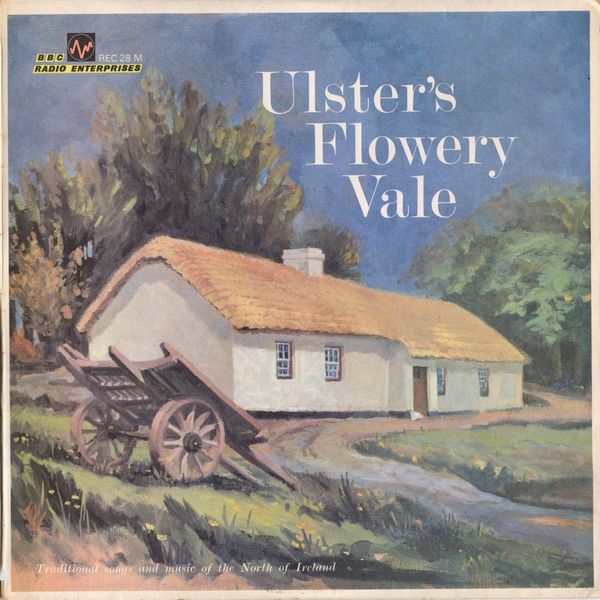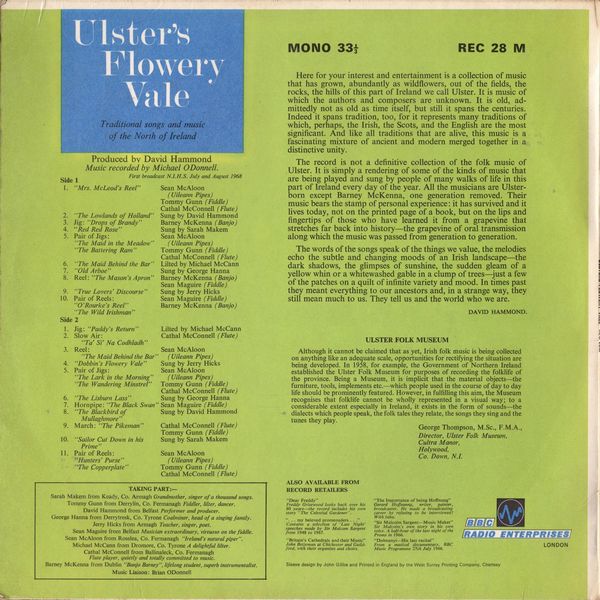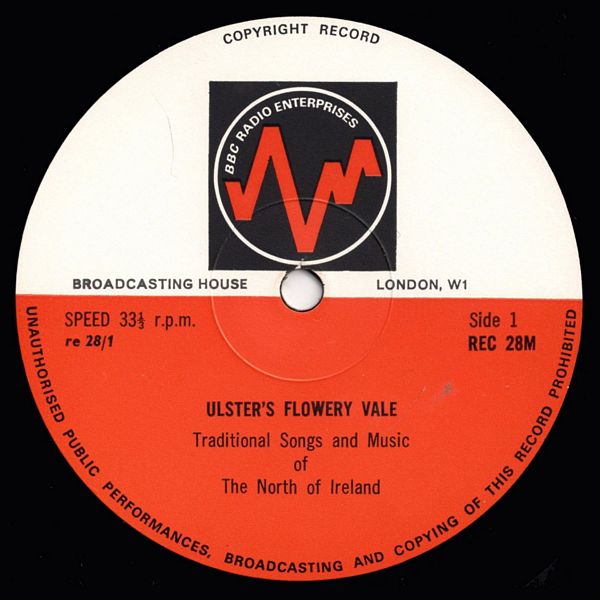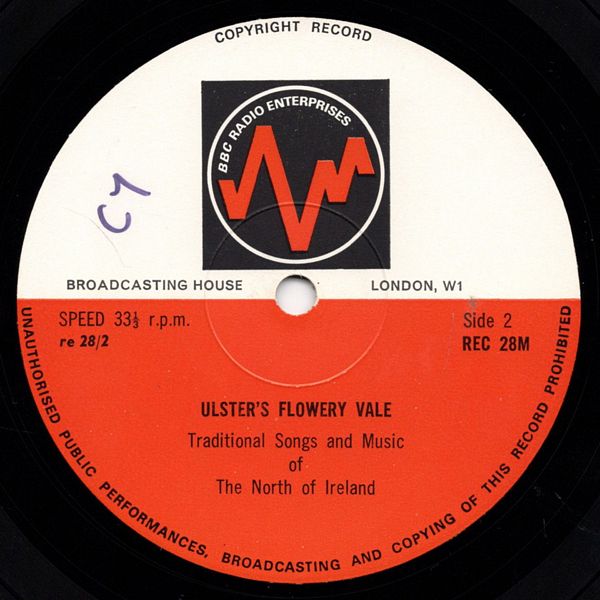
 |


 |
Sleeve Notes
Here for your interest and entertainment is a collection of music that has grown, abundantly as wildflowers, out of the fields, the rocks, the hills of this part of Ireland we call Ulster. It is music of which the authors and composers are unknown. It is old, admittedly not as old as time itself, but still it spans the centuries. Indeed it spans tradition, too, for it represents many traditions of which, perhaps, the Irish, the Scots, and the English are the most significant. And like all traditions that are alive, this music is a fascinating mixture of ancient and modern merged together in a distinctive unity.
The record is not a definitive collection of the folk music of Ulster. It is simply a rendering of some of the kinds of music that are being played and sung by people of many walks of life in this part of Ireland every day of the year. All the musicians are Ulster-born except Barney McKenna, one generation removed. Their music bears the stamp of personal experience: it has survived and it lives today, not on the printed page of a book, but on the lips and fingertips of those who have learned it from a grapevine that stretches far back into history — the grapevine of oral transmission along which the music was passed from generation to generation.
The words of the songs speak of the things we value, the melodies echo the subtle and changing moods of an Irish landscape — the dark shadows, the glimpses of sunshine, the sudden gleam of a yellow whin or a whitewashed gable in a clump of trees — just a few of the patches on a quilt of infinite variety and mood. In times past they meant everything to our ancestors and, in a strange way, they still mean much to us. They tell us and the world who we are.
David Hammond
Ulster Folk Museum
Although it cannot be claimed that as yet, Irish folk music is being collected on anything like an adequate scale, opportunities for rectifying the situation are being developed. In 1958, for example, the Government of Northern Ireland established the Ulster Folk Museum for purposes of recording the folklife of the province. Being a Museum, it is implicit that the material objects — the furniture, tools, implements etc. — which people used in the course of day to day life should be prominently featured. However, in fulfilling this aim, the Museum recognises that folklife cannot be wholly represented in a visual way; to a considerable extent especially in Ireland, it exists in the form of sounds — the dialects which people speak, the folk tales they relate, the songs they sing and the tunes they play.
George Thompson, M.Sc., F.M.A.,
Director, Ulster Folk Museum,
Cultra Manor,
Holywood, Co. Down, N.I.